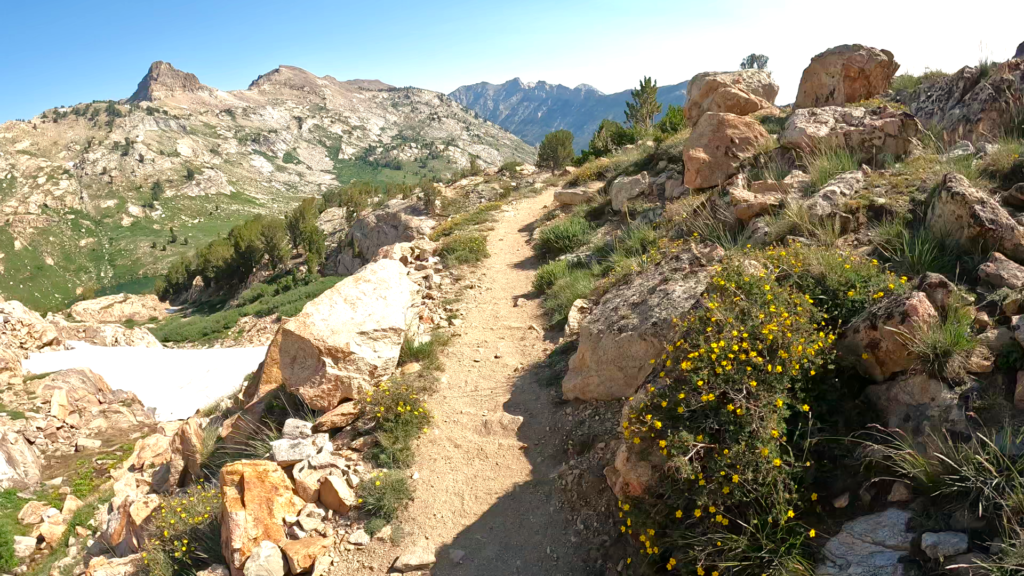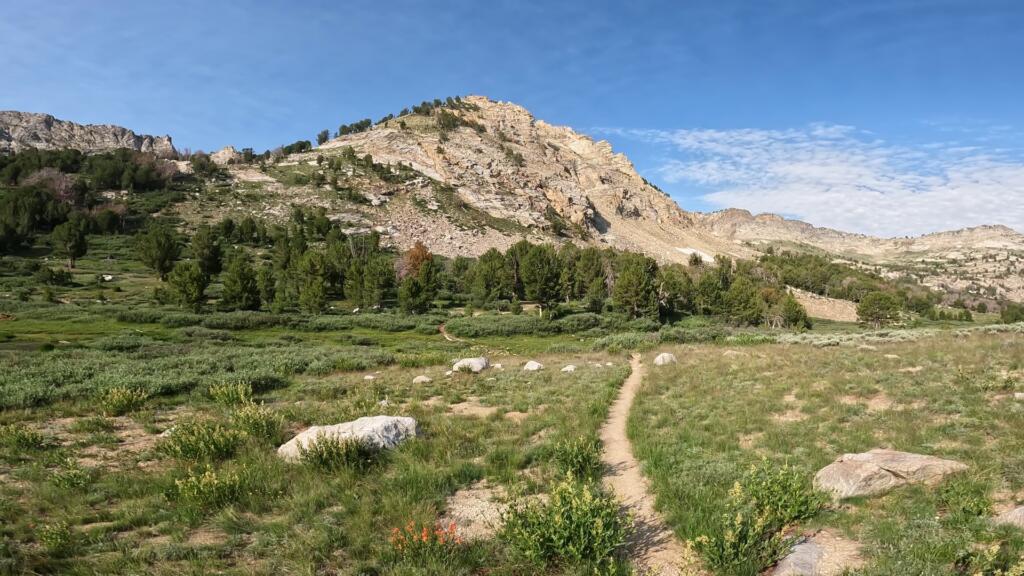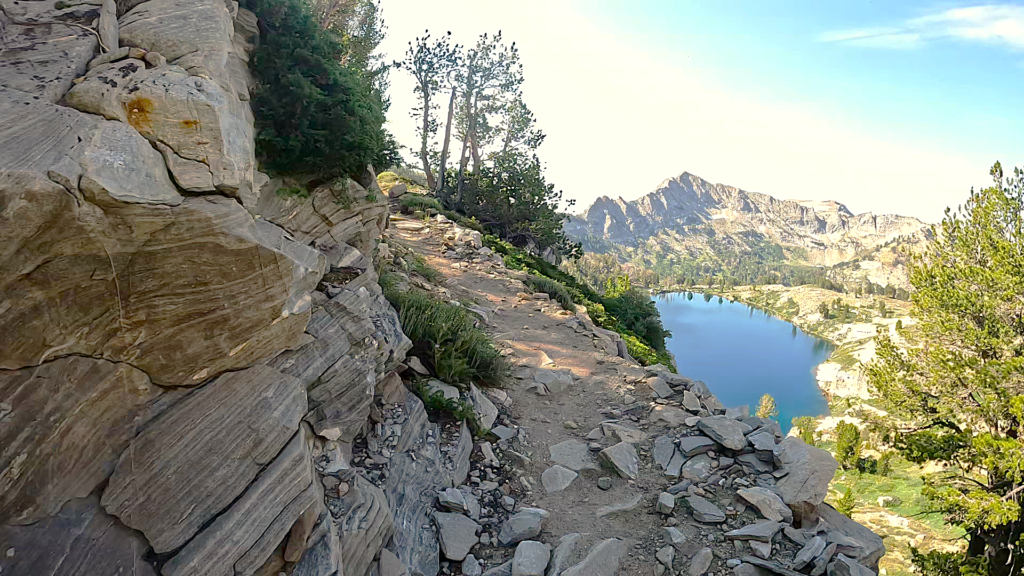
 The Ruby Mountain Wilderness, located in northeastern Nevada, was established to protect the unique and diverse ecosystem of the Ruby Mountains, often referred to as the “Swiss Alps of Nevada.” These mountains are know for their dramatic and rugged topography. The wilderness area was designated as part of the National Wilderness Preservation System by the U.S. Congress in 1989, through the Nevada Wilderness Protection Act. The area ia approximately 90,000 acres, and is administered by the Humboldt–Toiyabe National Forest. The creation of this wilderness area was a response to growing concerns about the preservation of the Ruby Mountains’ pristine natural environment, which is home to a wide variety of flora and fauna, including mule deer, mountain goats, and the Lahontan cutthroat trout. The push for the wilderness designation was driven by conservation groups, local communities, and outdoor enthusiasts who recognized the ecological and recreational value of the Ruby Mountains.
The Ruby Mountain Wilderness, located in northeastern Nevada, was established to protect the unique and diverse ecosystem of the Ruby Mountains, often referred to as the “Swiss Alps of Nevada.” These mountains are know for their dramatic and rugged topography. The wilderness area was designated as part of the National Wilderness Preservation System by the U.S. Congress in 1989, through the Nevada Wilderness Protection Act. The area ia approximately 90,000 acres, and is administered by the Humboldt–Toiyabe National Forest. The creation of this wilderness area was a response to growing concerns about the preservation of the Ruby Mountains’ pristine natural environment, which is home to a wide variety of flora and fauna, including mule deer, mountain goats, and the Lahontan cutthroat trout. The push for the wilderness designation was driven by conservation groups, local communities, and outdoor enthusiasts who recognized the ecological and recreational value of the Ruby Mountains. The range’s standout feature is the Lamoille Canyon, a deep U-shaped canyon carved by glaciers, which showcases towering granite peaks, steep cliffs, and alpine scenery. The highest peak in the Ruby Mountains, Ruby Dome, reaches an elevation of 11,387 feet, offering stunning views and challenging climbs. The combination of high alpine terrain, glacial valleys, and an array of alpine lakes makes the Ruby Mountains a unique and striking feature in the otherwise arid landscape of Nevada.
The range’s standout feature is the Lamoille Canyon, a deep U-shaped canyon carved by glaciers, which showcases towering granite peaks, steep cliffs, and alpine scenery. The highest peak in the Ruby Mountains, Ruby Dome, reaches an elevation of 11,387 feet, offering stunning views and challenging climbs. The combination of high alpine terrain, glacial valleys, and an array of alpine lakes makes the Ruby Mountains a unique and striking feature in the otherwise arid landscape of Nevada.
